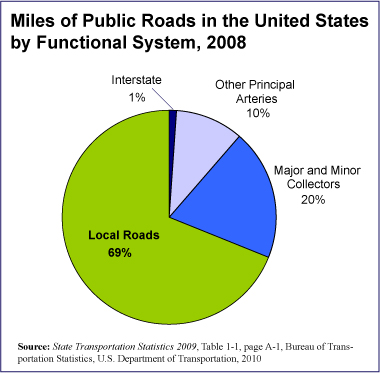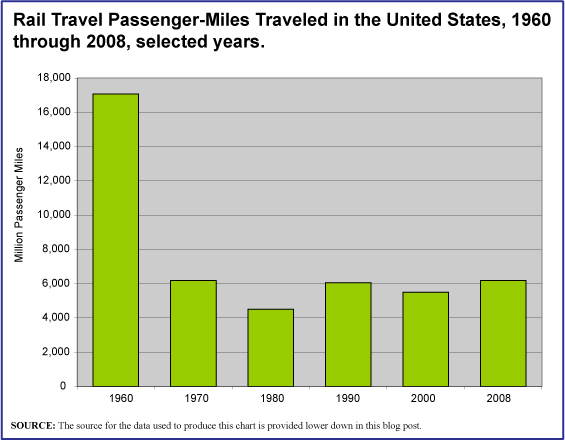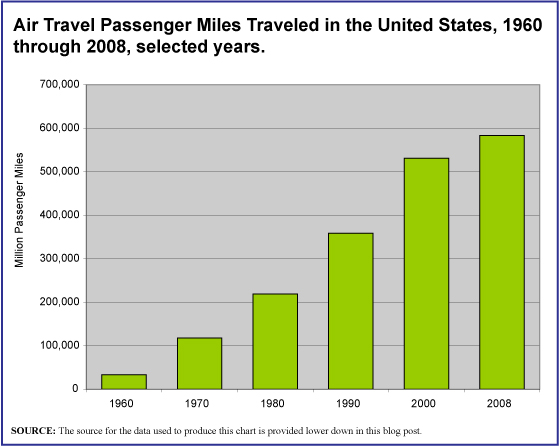As a nation of heavy drivers, it is not surprising that we have an awful lot of paved roads. And in this nation of drivers, the largest state in terms of the number of miles of paved roads is Texas. While Alaska is the state with the larger geographical area, it is sparsely populated compared to Texas, the state with the second largest number of square miles.
Geographic reference: Texas
Year: 2008
Market size: 306,404 miles
Source: “Table 1-1: Public Road Length, Miles by Functional Systems: 2008,” State Transportation Statistics 2009, page A-1.
Original source: Research and Innovation Technology Administration, Bureau of Transportation Statistics, U.S. Department of Transportation





